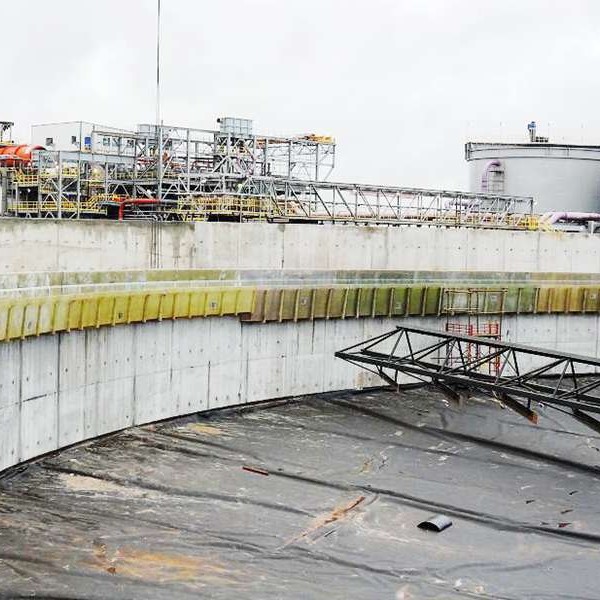
-
 Afrikaans
Afrikaans -
 Albanian
Albanian -
 Amharic
Amharic -
 Arabic
Arabic -
 Armenian
Armenian -
 Azerbaijani
Azerbaijani -
 Basque
Basque -
 Belarusian
Belarusian -
 Bengali
Bengali -
 Bosnian
Bosnian -
 Bulgarian
Bulgarian -
 Catalan
Catalan -
 Cebuano
Cebuano -
 China
China -
 China (Taiwan)
China (Taiwan) -
 Corsican
Corsican -
 Croatian
Croatian -
 Czech
Czech -
 Danish
Danish -
 Dutch
Dutch -
 English
English -
 Esperanto
Esperanto -
 Estonian
Estonian -
 Finnish
Finnish -
 French
French -
 Frisian
Frisian -
 Galician
Galician -
 Georgian
Georgian -
 German
German -
 Greek
Greek -
 Gujarati
Gujarati -
 Haitian Creole
Haitian Creole -
 hausa
hausa -
 hawaiian
hawaiian -
 Hebrew
Hebrew -
 Hindi
Hindi -
 Miao
Miao -
 Hungarian
Hungarian -
 Icelandic
Icelandic -
 igbo
igbo -
 Indonesian
Indonesian -
 irish
irish -
 Italian
Italian -
 Japanese
Japanese -
 Javanese
Javanese -
 Kannada
Kannada -
 kazakh
kazakh -
 Khmer
Khmer -
 Rwandese
Rwandese -
 Korean
Korean -
 Kurdish
Kurdish -
 Kyrgyz
Kyrgyz -
 Lao
Lao -
 Latin
Latin -
 Latvian
Latvian -
 Lithuanian
Lithuanian -
 Luxembourgish
Luxembourgish -
 Macedonian
Macedonian -
 Malgashi
Malgashi -
 Malay
Malay -
 Malayalam
Malayalam -
 Maltese
Maltese -
 Maori
Maori -
 Marathi
Marathi -
 Mongolian
Mongolian -
 Myanmar
Myanmar -
 Nepali
Nepali -
 Norwegian
Norwegian -
 Norwegian
Norwegian -
 Occitan
Occitan -
 Pashto
Pashto -
 Persian
Persian -
 Polish
Polish -
 Portuguese
Portuguese -
 Punjabi
Punjabi -
 Romanian
Romanian -
 Russian
Russian -
 Samoan
Samoan -
 Scottish Gaelic
Scottish Gaelic -
 Serbian
Serbian -
 Sesotho
Sesotho -
 Shona
Shona -
 Sindhi
Sindhi -
 Sinhala
Sinhala -
 Slovak
Slovak -
 Slovenian
Slovenian -
 Somali
Somali -
 Spanish
Spanish -
 Sundanese
Sundanese -
 Swahili
Swahili -
 Swedish
Swedish -
 Tagalog
Tagalog -
 Tajik
Tajik -
 Tamil
Tamil -
 Tatar
Tatar -
 Telugu
Telugu -
 Thai
Thai -
 Turkish
Turkish -
 Turkmen
Turkmen -
 Ukrainian
Ukrainian -
 Urdu
Urdu -
 Uighur
Uighur -
 Uzbek
Uzbek -
 Vietnamese
Vietnamese -
 Welsh
Welsh -
 Bantu
Bantu -
 Yiddish
Yiddish -
 Yoruba
Yoruba -
 Zulu
Zulu
FRP Tank Applications and Benefits in Modern Industries
The Evolution and Benefits of FRP Tanks
In recent years, the use of Fiber Reinforced Plastic (FRP) tanks has gained significant traction across various industries. As we delve into the world of FRP tanks, it becomes evident that their unique properties and benefits make them an increasingly popular choice for numerous applications.
What are FRP Tanks?
FRP tanks are engineered containers made from composite materials that combine a polymer matrix, usually a type of plastic, with reinforcing fibers such as glass or carbon. This combination results in a lightweight yet incredibly strong material that is resistant to a variety of environmental factors. FRP tanks can be custom-designed in various shapes and sizes, catering to specific needs across various fields, including chemical processing, water treatment, and agriculture.
Durability and Longevity
One of the most appealing features of FRP tanks is their durability. Unlike traditional materials such as steel or concrete, FRP does not corrode or rust, making it an ideal choice for storing aggressive chemicals and wastewater. The resistance to chemicals and environmental degradation means that FRP tanks can last for decades with minimal maintenance. This longevity not only reduces replacement costs over time but also minimizes the environmental impact associated with disposal and recycling.
Weight Advantage
Another critical advantage of FRP tanks is their weight. Compared to similarly sized steel or concrete tanks, FRP tanks are significantly lighter, which simplifies installation and transportation. This is particularly beneficial in remote locations or areas where heavy equipment may not be accessible. Moreover, the light weight of FRP tanks allows for easier handling and reduces structural stress on supporting foundations.
Customization and Versatility
frp tank

FRP tanks offer exceptional versatility. They can be custom-engineered to meet specific size, shape, and design requirements. This adaptability makes FRP tanks suitable for various applications, from industrial storage solutions to agricultural uses, such as harvesting rainwater or storing fertilizers. Furthermore, FRP tanks can be designed to provide insulation, making them suitable for storing temperature-sensitive materials.
Environmental Considerations
As environmental concerns continue to rise, FRP tanks present a sustainable alternative to traditional storage solutions. Their long lifespan decreases the need for continual replacements, which, in turn, conserves resources and energy. Furthermore, many FRP tanks are manufactured using eco-friendly processes and materials, reducing the overall carbon footprint associated with their production.
Cost-Effectiveness
While the initial investment for FRP tanks may be higher than traditional tank materials, the long-term cost savings often outweigh this upfront expense. The durability, reduced maintenance needs, and energy efficiency associated with FRP tanks lead to lower operational costs over time. Additionally, their lightweight nature can result in savings on transportation and installation.
Conclusion
The benefits of FRP tanks are manifold, ranging from their remarkable durability and lightweight properties to their versatility and environmental advantages. They present an innovative solution to modern storage challenges faced by industries worldwide. As technology advances and the demand for sustainable practices increases, FRP tanks will likely play a pivotal role in the future of storage solutions.
In summary, FRP tanks are not just a passing trend in the realm of storage solutions; they represent a significant leap forward in materials technology and environmental responsibility. Industries seeking efficient, durable, and sustainable options will find FRP tanks an attractive and practical choice.
Latest news
-
Exploring the Benefits of Top Hammer Drifter Rods for Enhanced Drilling PerformanceNewsJun.10,2025
-
High-Precision Fiberglass Winding Machine for GRP/FRP Pipe Production – Reliable & Efficient SolutionsNewsJun.10,2025
-
FRP Pipes & Fittings for Shipbuilding - Corrosion-Resistant & LightweightNewsJun.09,2025
-
Premium FRP Flooring Solutions Durable & Slip-ResistantNewsJun.09,2025
-
Premium Fiberglass Rectangular Tanks Durable & Lightweight SolutionNewsJun.09,2025
-
Tapered Drill String Design Guide Durable Performance & UsesNewsJun.09,2025









